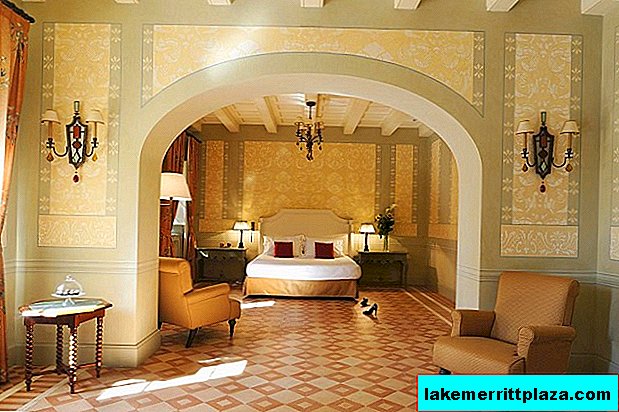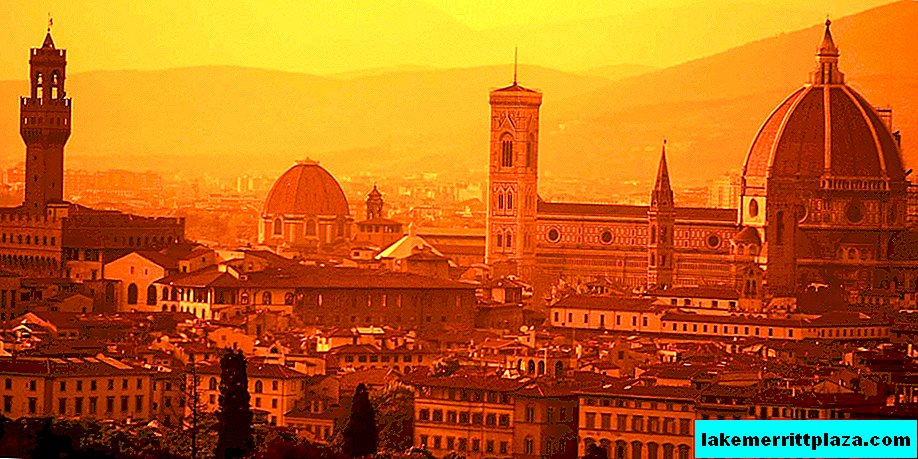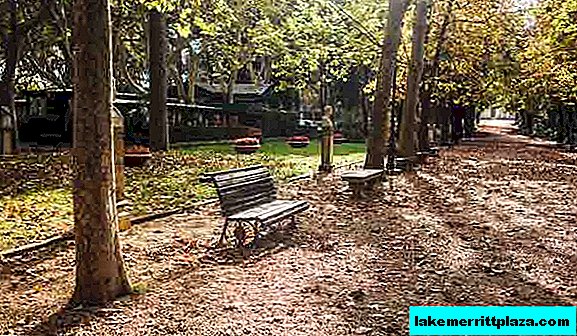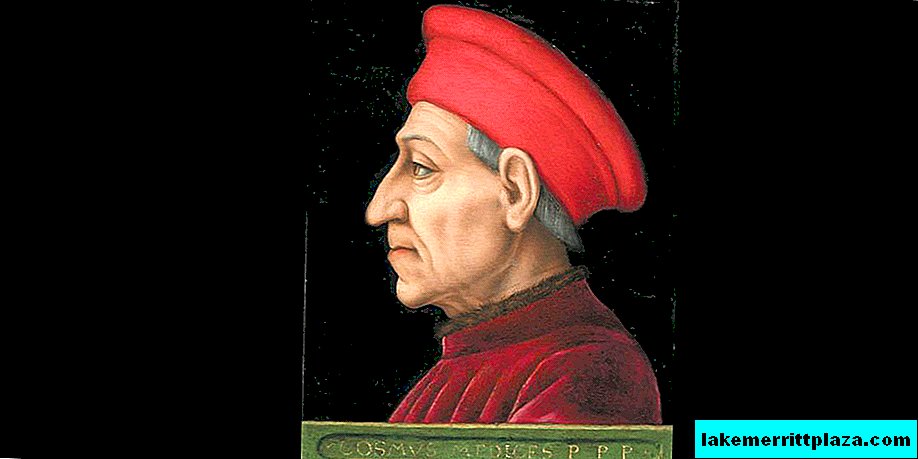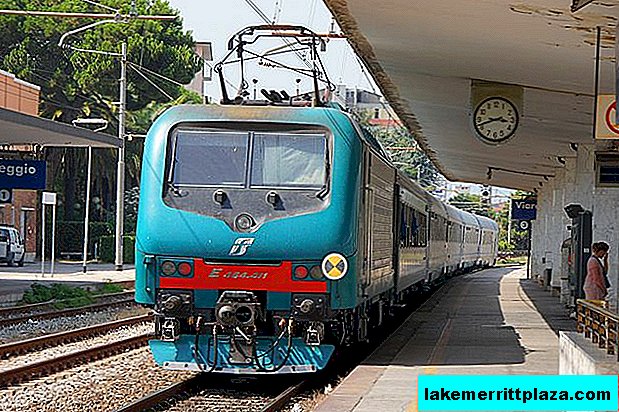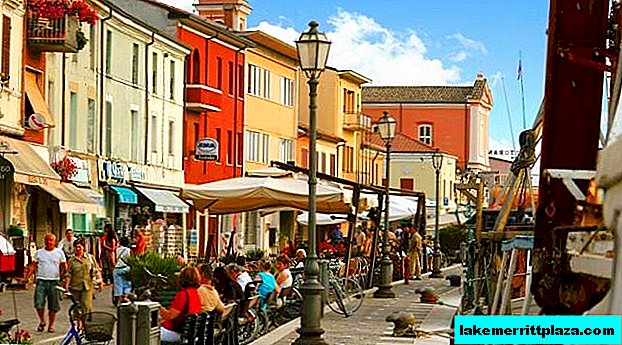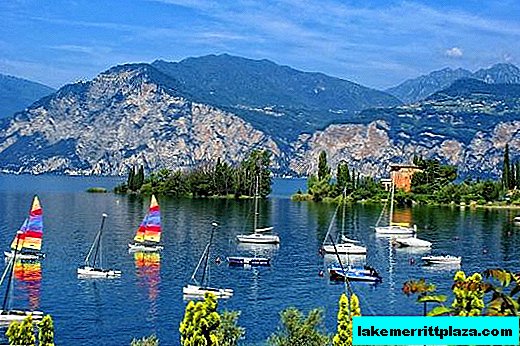In the wonderful city of Florence there are many attractions that delight the eyes of tourists, as well as cherish their sense of beauty. One of these structures - the Uffizi Gallery (Galleria degli Uffizi) - is located in the center of Florence between Piazza della Signoria and the Ponte Vecchio bridge, attracting many tourists voluntarily and involuntarily, starting from those who accidentally wandered here, and ending with those who came to this amazing city specifically in order to fully enjoy the masterpieces of world fine art exhibited here.
- We recommend you to visit an individual excursion to the gallery with a licensed art guide - You need to get acquainted with the masterpieces of masters only in a professional company. A guide will also help you with booking your tickets.
What are the masterpieces inside?
The Uffizi Gallery, which covers a total area of 13,000 square meters, provides the eyes of ordinary tourists and true art lovers with one of the most important and largest collections, which covers the works of both Italian and foreign artists who worked from the 13th to the 18th centuries.
In the museum you can personally enjoy the works of such world-renowned masters as Michelangelo, Leonardo da Vinci, Sandro Botticelli, Rafael, Rafael, Rubens, Rembrandt and many others. By the way, the Uffizi Gallery can rightfully be called one of the oldest museums in the world, which was open to visitors almost immediately after its construction in the 16th century.
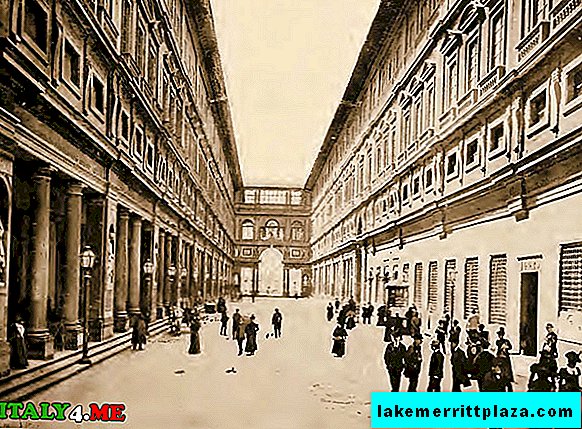
Gallery History
Italy’s most famous gallery is located in a massive building, the project of which belongs to the talented architect Giorgio Vasari. The construction of the Uffizi Gallery began back in 1560 at the personal order of Cosimo the Elder Medici, but the representative of the dynasty could not see it ready-made: the construction of the building was completed twenty years later, after the death of Cosimo.
It is worth noting that to complete the architectural project, specialists had to demolish old quarters and dismantle nearby medieval buildings.
However, when the Uffizi Gallery was fully completed, it became apparent that all the victims were not in vain. One of the most impressive museums in the country is located in Signoria Square in the form of the Latin letter “U”, surrounded by hanging gardens and an art gallery. The author of the project, Vasari, was a true connoisseur of art, so he took care of the special design of the long corridors where the canvases were to be located.
Dozens of years after the start of the grandiose construction, the Medici family could finally bring their pride here - a unique collection of paintings and sculptures collected from around the world. It was in Florence that the representatives of the great dynasty transported all their masterpieces of art. Special attention was paid to the Medici artist Sandro Botticelli (Sandro Botticelli), which, according to historians, was very friendly with a famous family.
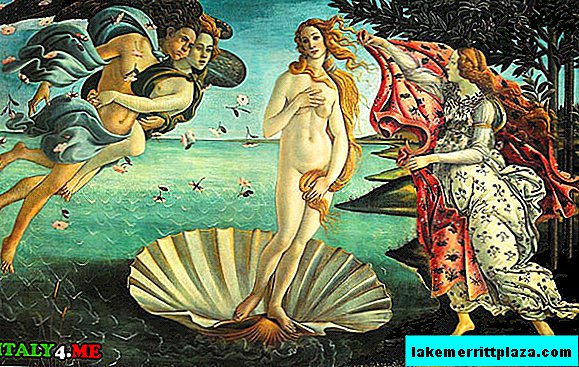
In the Uffizi Gallery, to this day, his rare creations are kept. The museum houses one of his most famous creations - “The Birth of Venus” (Nascita di Venere), which joined the ranks of the masterpieces exhibited here only in the middle of the 19th century. One can talk about the variety of beautiful paintings painted by famous artists in the history of mankind and exhibited in the Uffizi for a long time.
However, it is worth noting that the pearl of the entire collection is Venus de Medici.

Inspection of numerous canvases will take more than one day. Fortunately, all of the work stored here is located in more than 50 rooms in chronological order. It is thanks to this wise organization that you will be able to trace how art developed from the 13th to the 18th centuries and the styles of painting and sculpture changed, starting from the Byzantine period and ending with Baroque.

As soon as you cross the threshold of the museum you find yourself at a real crossroads: three vestibules lead from the entrance to the museum. The first contains busts of marble and porphyry, the second is decorated with Giovanni da San Giovanni, the third stores Roman statues and sarcophagi. The Uffizi Gallery is simply mesmerizing not only with the artworks exhibited here. What is the interior of one of the most visited galleries in Europe!
Useful information
Tickets
By the way, every year this Florentine attraction is visited by millions of tourists. And you can become one of these lucky ones!
- From March 1, 2019 to October 31, 2019 the price of a full ticket to the Uffizi: 20 € + 4 € reservation fee. During exhibitions, the price may increase.
- From November 1, 2019 to February 28, 2020, the price of a full ticket to the Uffizi: 12 € + 4 € for reservations. However, it is worth considering that the ticket office closes at 18:05.
- Official online booking offices: webshop.b-ticket.com
Verified reliable agencies for last-minute ticketing: www.tiqets.com and www.getyourguide.ru. - they usually take a small commission, but there, even in the high season, there are quotas. - A group tour for 1.5 hours costs 57 euros / person, tickets are included, conducted in English, Italian, Spanish, German or French.
- If you go on an individual excursion to the Uffizi in Russian with a guide ITALY FOR ME, then it will help you make a reservation, pay for tickets on the spot.

In order to avoid numerous hours of waiting in line at the museum itself, you can book tickets in Italian at +39 055 294883 (reservation cost is 4 euros). The most convenient way to visit this Florentine attraction is after 2 p.m. when all school trips end.
Address and time
The Uffizi Gallery is located at 6 Piazzale degli Uffizi, Firenze, Italy and can be accessed on any day except Monday and May 1, from 8:15 to 18:50.
How to get there
You can get to the Uffizi Gallery by public transport (next to it is the C1 Galleria Degli Uffizi - Farmacia Logge stop) or walk if you are already in the city center. By the way, if you still feel a surge of strength after visiting a beautiful gallery, look at the nearby sights of Florence: the Palazzo Vecchio and the Palazzo Bargello (Bargello).

